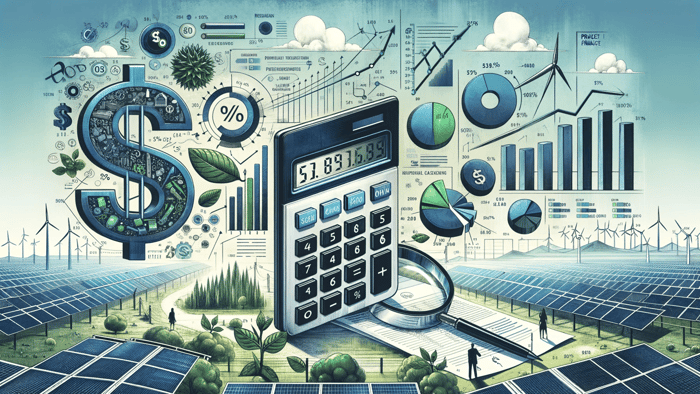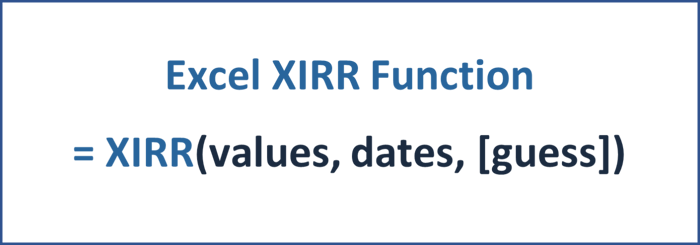Equity Cash on Cash return (CoC), technically defined as the free cash flow to equity over the invested equity, is a financial metric used in project finance to measure the cash income earned on the investment compared to the amount of cash invested in the project. It is expressed as a percentage and represents the cash income earned on the project as a proportion of the cash invested in the project.
In project finance, the cash on cash return is calculated by dividing the project's annual cash flow by the initial cash investment in the project. The annual cash flow used in the calculation is the free cash flow to equity from the project, including operating cash flows, tax benefits, and any other cash receipts, minus all cash outflows, including operating expenses, capital expenditures, and debt service payments.
A higher cash-on-cash return indicates that the project is generating a higher rate of return on the cash invested in the project. This metric is particularly useful in project finance because it focuses on the actual cash flows generated by the project rather than relying on accounting or other non-cash measures of profitability.
Project sponsors and investors often use the cash on cash return as a key performance indicator for measuring the project's financial success. It can also be used to compare the relative attractiveness of different investment opportunities and to make investment decisions based on the expected cash returns from each opportunity.
However, it is important to note that the cash on cash return does not consider the time value of money or other factors that may affect the project's profitability. Therefore, project finance professionals typically use a range of financial metrics, including cash on cash return, to evaluate a project's financial viability and its risks and potential rewards.
Cash on Cash vs. IRR
Cash on cash return and Internal Rate of Return (IRR) are both metrics used in project finance to evaluate the performance of an investment. However, they differ in their methodology and focus.
Cash on Cash Return is a simple ratio that compares the cash flow generated by an investment to the amount of cash invested. It is calculated by dividing the annual cash flow generated by the investment by the amount of cash invested. For example, if an investment generates an annual cash flow of €50,000 and the initial investment was €1,000,000, the cash on cash return would be 5% (€50,000/€1,000,000).
IRR, on the other hand, is a more complex measure of an investment's performance. It calculates the discount rate at which the present value of future cash inflows equals the present value of the initial cash outflows. In other words, it is the rate of return that makes the net present value of the investment's cash flows equal to zero. It is expressed as a percentage and is used to estimate the profitability of potential investments.
Unlike cash on cash, IRR takes into account the time value of money, considers all cash inflows and outflows over the life of the investment, and calculates the rate of return that makes the investment's cash flows equivalent to its initial investment. As a result, IRR is a more comprehensive measure of the investment's performance and is commonly used to compare the relative profitability of different investment opportunities.
In summary, while cash on cash return focuses on the annual return generated by the investment relative to the initial cash investment, IRR considers the time value of money and the overall profitability of the investment over its entire life cycle.
Enhance the decision-making process of your organization with a comprehensive financial model dashboard.

If you're looking to invest in renewable energy, you need a comprehensive financial model dashboard that summarizes all the key investment metrics relevant to your decision-making process.
This financial model dashboard for renewable energy investments is designed to help you make informed investment decisions with ease. It includes a detailed breakdown of the project's capital structure, allowing you to understand the financing mix of the project and the risks associated with each layer of the capital stack.
The dashboard also considers critical investment metrics such as IRR and NPV on both a levered and unlevered basis, giving you a complete picture of the project's profitability.
In addition to these essential investment ratios and multiples, the dashboard details the payback periods, CFADS/EV, Revenue/EV, EV/MWp, and EV/MWh. These metrics are crucial in evaluating the financial viability of the project and determining its potential for generating returns over the long term.
The dashboard also features eye-catching charts that provide a visual representation of the project's cash flow generation and cash on cash returns over its entire asset lifetime. This feature will give you valuable insights into the project's cash flow patterns and help you make informed investment decisions.
With all these critical investment metrics and data points in one place, this financial model dashboard is the ultimate tool for renewable energy investment decision-makers.
How to build a project finance model from scratch?
Do you want to learn how to build a project finance model from scratch? Then check out the Advanced Renewable Energy Financial Modeling course.





